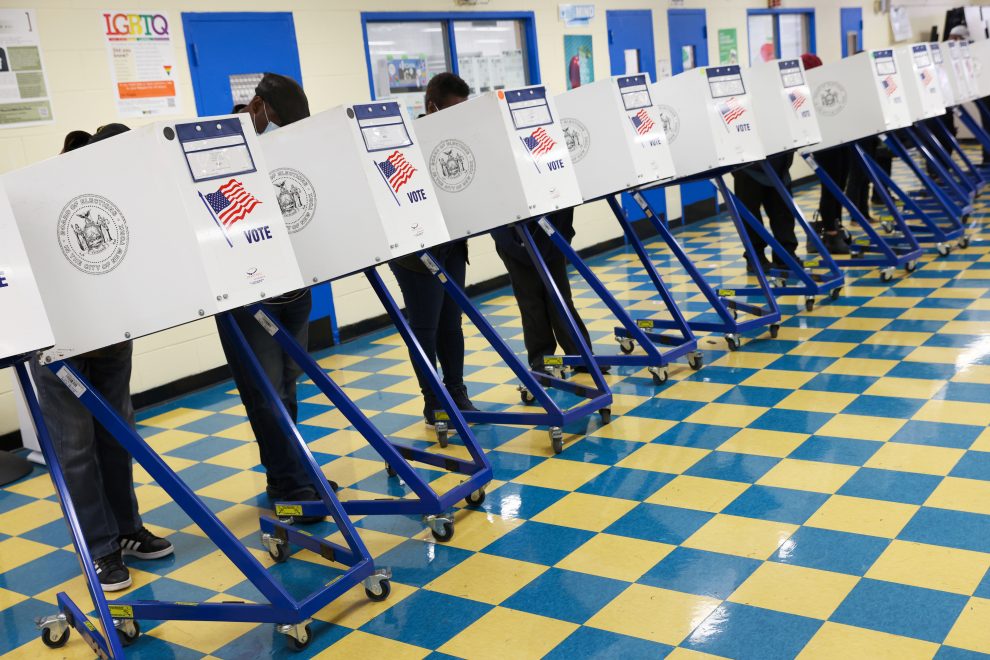The 2024 US election cycle is ramping up, bringing familiar concerns about misinformation sowing discord and manipulating opinion. However, the emergence of artificial intelligence (AI) presents new and alarming threats that could amplify the reach and sophistication of misleading content.
Understanding the potential dangers posed by AI-enabled misinformation is crucial for mitigating impact and protecting electoral integrity. This in-depth post will cover the creative weapons AI can produce, precise psychological targeting tactics, rapid spread across social media, and measures to build societal defenses.
Weaponized Creativity: Deepfakes and Beyond
One of the most worrying AI capabilities in this context is creating persuasive deepfakes – fabricated images, video, audio, or text that feature real people saying or doing things they never actually did. Consider a realistic deepfake video portraying a candidate making inflammatory remarks. Strategic dissemination on social platforms could erode trust, damage reputations, and influence undecided voters.
In addition to deepfakes, AI can generate other misleading content automatically. Chatbots programmed to mimic real people could spread disinformation disguised as authentic conversations. Text generation algorithms can churn out fake news articles or social media posts tailored to specific groups. The sheer volume and speed of AI-created content could overwhelm fact checkers and make the truth struggle to compete.
Targeting and Tailoring: Precise Manipulation
AI excels at personalization and can weaponize that strength for precisely manipulating vulnerable individuals. By analyzing online data, algorithms can identify people prone to bias or anxiety around certain issues. Targeting them with tailored misinformation plays on pre-existing beliefs and amplifies fears. This micro-targeting fans division and creates echo chambers where misinformation goes unchallenged.
AI Can Spread Faster Than Truth
Social platforms already grappling with misinformation now face AI-powered threats. Their engagement-driven algorithms readily amplify emotional or shocking content without verifying truthfulness. Deepfakes and AI text aim to trigger strong reactions, maximizing spread through the very networks meant to enable reasoned discourse.
This creates a cycle where lies outrun truth, as false content designed explicitly to game algorithms proliferates across platforms. The resulting environment makes it harder for people to discern what information to trust.
The Fightback: Building Defenses
Despite these challenges, solutions exist. Recognizing the hazards is the first step. Public awareness campaigns and media literacy programs can equip citizens with critical thinking to sort real from fake. Increased transparency from social platforms about content rules and news feed algorithms is also key.
Technology can aid detection. Advanced AI tools identify manipulated media faster than humans. Fact-checking organizations leverage automation to scale efforts and reveal emerging misinformation narratives. Still, the most effective approach combines vigilance across individuals, platforms, and innovations.
Beyond 2024: Cultivating Long-Term Resilience
While the 2024 election may feel AI-powered threats acutely, the challenge will persist beyond one cycle. Developing societal resilience requires a long-term, collaborative strategy across sectors.
Governments, tech companies and non-profits need ethical guidelines for AI systems that curb misuse and incentivize accountability. Media literacy should be taught widely in schools to help individuals navigate information wisely. Ongoing research into misinformation countermeasures will progress solutions.
AI-enabled deception poses a huge test for democracy. But crisis breeds innovation. With vigilance, cooperation, and moral technology development, people can still vote with confidence that their choices reflect truth instead of shadows.
















Add Comment